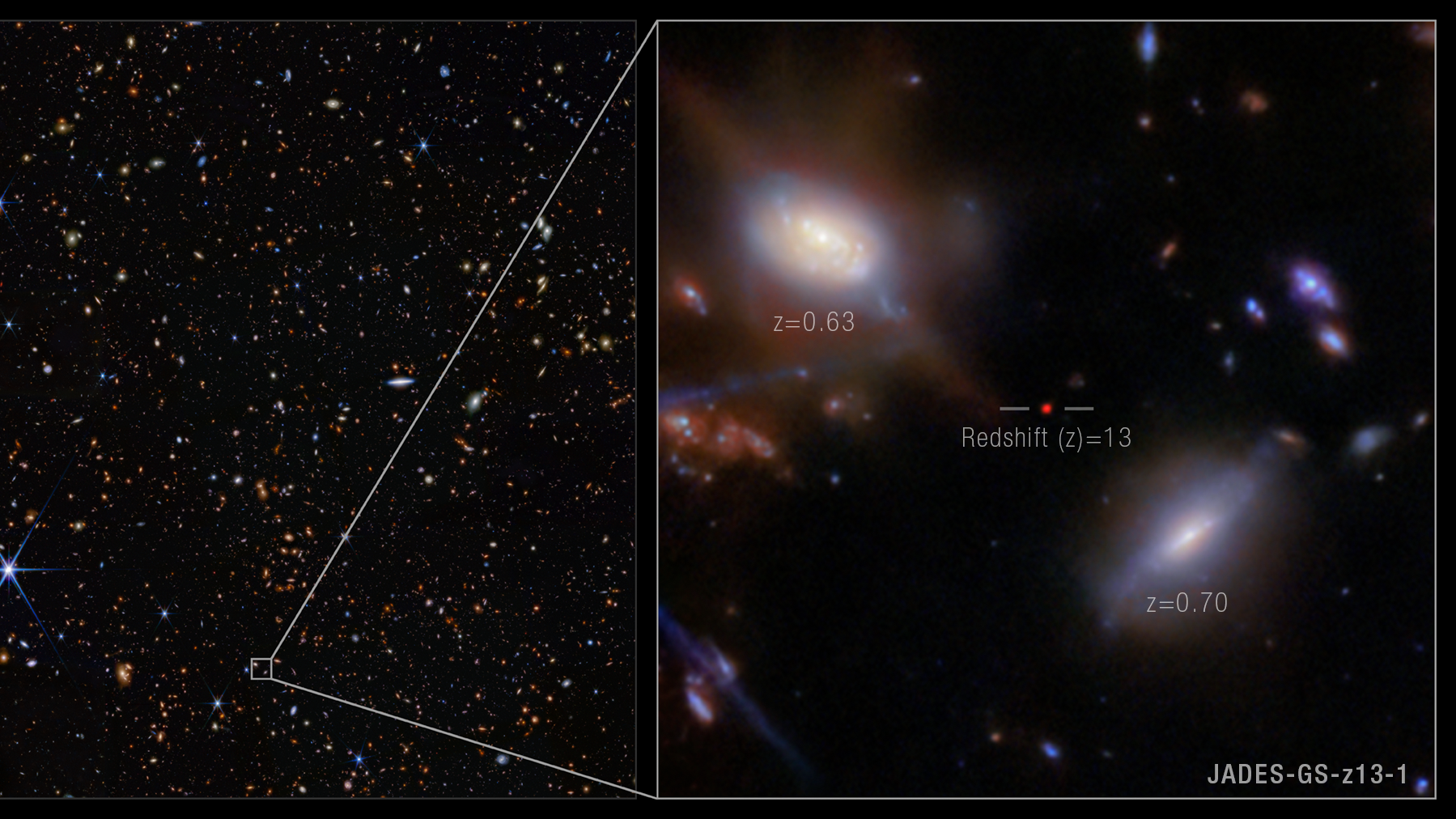Wildfires this year expected to exceed historical averages: Report
Wildfires could ravage between 7 million and 9 million acres of U.S. land this year, exceeding seasonal averages from the past two decades, meteorologists are warning. Between 60,000 fires and 75,000 fires are expected to ignite, with between 7,500 and 9,000 occurring in California alone, according to the report, released Wednesday by AccuWeather. This year has...

Wildfires could ravage between 7 million and 9 million acres of U.S. land this year, exceeding seasonal averages from the past two decades, meteorologists are warning.
Between 60,000 fires and 75,000 fires are expected to ignite, with between 7,500 and 9,000 occurring in California alone, according to the report, released Wednesday by AccuWeather.
This year has already been off to a rough start, beginning with Southern California blazes that caused an estimated $250 billion to $275 billion in total damages, the report noted.
The fire threat will soon likely escalate again, with months of heat and prolonged drought on the horizon.
“The combination of rising temperatures, worsening droughts, and changing precipitation patterns continues to increase the risk of wildfires in America," Brett Anderson, an AccuWeather senior meteorologist, said in a statement.
"More people are living and building in vulnerable areas, which is compounding the risk to lives and property," Anderson added.
Last year, more than 8.9 million acres of land burned nationwide, far surpassing the 20-year annual average of 7 million. And meteorologists expressed concern that conditions could be similarly dire this year.
Recognizing the weather might be conducive to fire development, they stressed that about 90 percent of all blazes across the U.S. are caused by human activities.
As weather conditions shift from spring to summer, the environment will become increasingly vulnerable to wildfire surges, particularly in the Northwest and the northern Rockies, the report warned.
"While the season may start slowly, there is strong potential for rapid escalation as drought conditions and heat set in," Paul Pastelok, also a senior meteorologist for AccuWeather, said in a statement.
Chief among the fire triggers could be lightning strikes, developing from moisture-starved thunderstorms, according to the report. The risk will likely worsen as vegetation dries out further amid summer heat and sunshine, the meteorologists added.
Although the U.S. West will likely bear the brunt of wildfires, the East Coast will hardly be spared this year, according to AccuWeather.
This risk particularly applies to areas where Hurricane Helene prompted the growth of an abundance of fuel, which is now primed for ignition, the report added.








![[Research] Starting Web App in 2025: Vibe-coding, AI Agents….](https://media2.dev.to/dynamic/image/width%3D1000,height%3D500,fit%3Dcover,gravity%3Dauto,format%3Dauto/https:%2F%2Fdev-to-uploads.s3.amazonaws.com%2Fuploads%2Farticles%2Fby8z0auultdpyfrx5tx8.png)













-RTAガチ勢がSwitch2体験会でゼルダのラスボスを撃破して世界初のEDを流してしまう...【ゼルダの伝説ブレスオブザワイルドSwitch2-Edition】-00-06-05.png?width=1920&height=1920&fit=bounds&quality=70&format=jpg&auto=webp#)














































